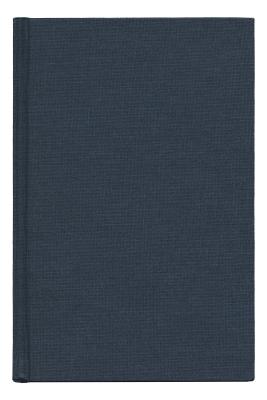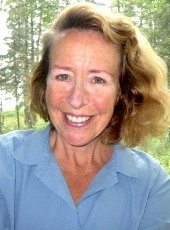

 University of Washington Press
University of Washington Press
Where Land and Water Meet: A Western Landscape Transformed


Key Metrics
- Nancy Langston
- University of Washington Press
- Hardcover
- 9780295996073
- 9 X 6 X 0.75 inches
- 1.18 pounds
- Business & Economics > Development - Sustainable Development
- English
 Secure Transaction
Secure TransactionBook Description
Water and land interrelate in surprising and ambiguous ways, and riparian zones, where land and water meet, have effects far outside their boundaries. Using the Malheur Basin in southeastern Oregon as a case study, this intriguing and nuanced book explores the ways people have envisioned boundaries between water and land, the ways they have altered these places, and the often unintended results.
The Malheur Basin, once home to the largest cattle empires in the world, experienced unintended widespread environmental degradation in the late nineteenth and early twentieth centuries. After establishment in 1908 of Malheur National Wildlife Refuge as a protected breeding ground for migratory birds, and its expansion in the 1930s and 1940s, the area experienced equally extreme intended modifications aimed at restoring riparian habitat. Refuge managers ditched wetlands, channelized rivers, applied Agent Orange and rotenone to waterways, killed beaver, and cut down willows. Where Land and Water Meet examines the reasoning behind and effects of these interventions, gleaning lessons from their successes and failures.
Although remote and specific, the Malheur Basin has myriad ecological and political connections to much larger places. This detailed look at one tangled history of riparian restoration shows how--through appreciation of the complexity of environmental and social influences on land use, and through effective handling of conflict--people can learn to practice a style of pragmatic adaptive resource management that avoids rigid adherence to single agendas and fosters improved relationships with the land.
Author Bio
I am an environmental historian who explores the connections between waste, water, climate change, and wildlife in northern watersheds. Author of 5 books, 52 peer-reviewed articles, and public-facing journalism, I have been Principle Investigator on over $1.2 million in external funding. I served as President of the ASEH and Editor-in-Chief of the journal Environmental History.
Research Interests
Toxics, forested watersheds, and northern lakes
Environmental history
Watershed change and water quality
Mining history
Education
Ph.D., University of Washington
M.Phil, Oxford University
B.A., Dartmouth College
Source: Michigan Technological University
Videos






Community reviews
Write a ReviewNo Community reviews